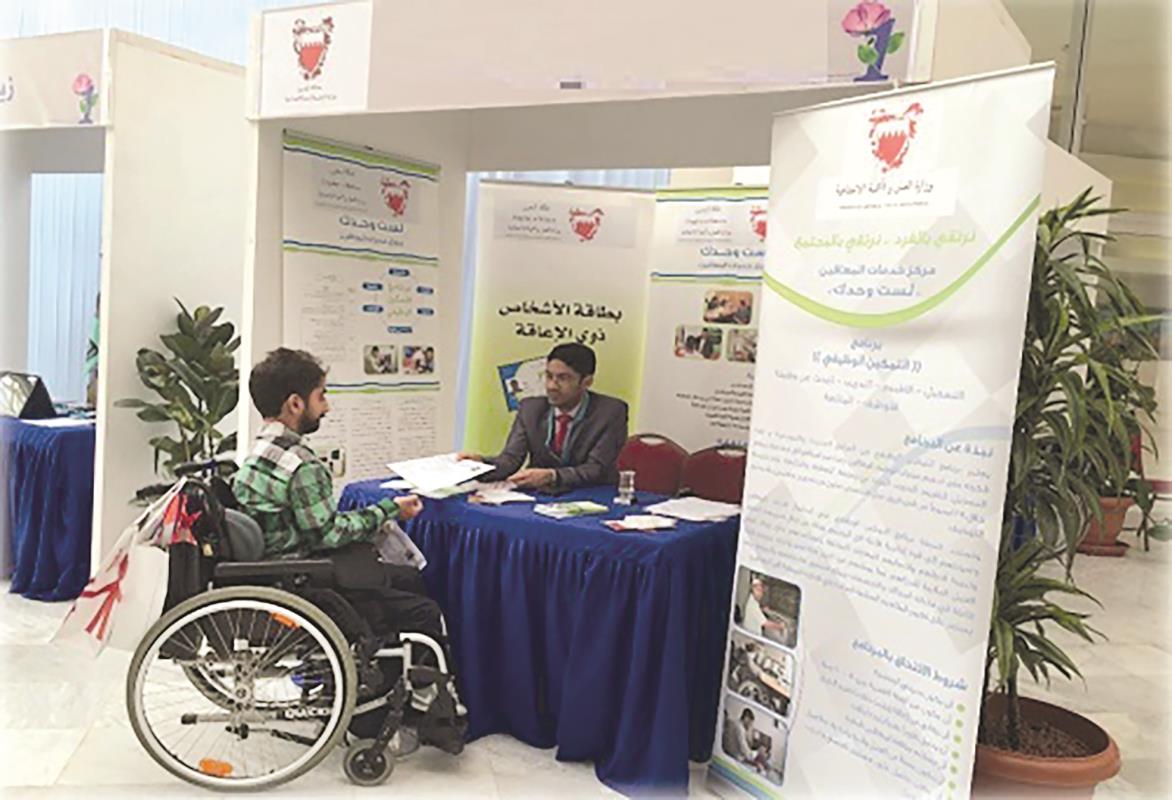
THE WATCH REGISTER, which holds the world’s largest and most established international database of lost and stolen watches, has seen a 236% increase in the number of watches with unique serial numbers added to its global database over the last 12 months.
The 10-year anniversary report from THE WATCH REGISTER, the global watch crime prevention database that was established 10 years ago, reveals that the total value of missing or stolen watches currently registered on its global database amounts to around £1.5 billion.
The report documents the evolution of the global database of lost and stolen watches and discusses the obstacles that need to be overcome in the fight against watch crime. One of the key challenges recognised in the report is the proliferation of fragmented watch registration database services which cause confusion and dilute data archives, reducing the chances of returning a match for a watch that has been lost or stolen.
In an effort to tackle the escalation in luxury watch crime and to disrupt the global trade in stolen watches, the report highlights the need for increased collaboration from all stakeholders, including insurers, auction houses, watch dealers, manufacturers and law enforcement agencies, to support a centralised global database for the registration of lost and stolen timepieces. One recognised, single point of registration would enable a user to trade in confidence.
Katya Hills, Managing Director at THE WATCH REGISTER said: “From our parent company the Art Loss Register’s 30 years’ experience in protecting the trade and improving standards in the art world, we know how important it is to provide the market with a single due diligence database that is recognised industry-wide across the globe to identify lost or stolen works of art.
“The issue of watch crime is a growing public concern which is impacting consumer confidence. A crowded and fragmented market with multiple registration sites is unhelpful. It significantly increases the chances of a stolen watch not being picked up, as a trader may search a different database to the one on which a stolen watch was registered. It also causes confusion amongst traders over which platform to use, which can make them reluctant to use any database at all. These are just some of the challenges highlighted in our report, which recommends industry-wide support for one international searchable database that reduces the liquidity of a stolen watch.
“Alongside the sophisticated search algorithms of our global database that help with the practical identification of a watch serial number, we employ an experienced investigative team who has the necessary cross-border negotiation skills to reunite a watch with its legal owner once a match has been made.”
THE WATCH REGISTER actively searches for lost and stolen watches on the global pre-owned market until they are recovered. The database is used by watch dealers, jewellers, pawnbrokers and auction houses to identify solen watches prior to transactions. From the moment a stolen watch is located, THE WATCH REGISTER’s specialist recoveries team steps in to secure the watch and remove it from circulation. THE WATCH REGISTER finds four lost and stolen watches per day on average. Fifty per cent of watches it finds are located within a year of the theft and 35% within six months

























































































